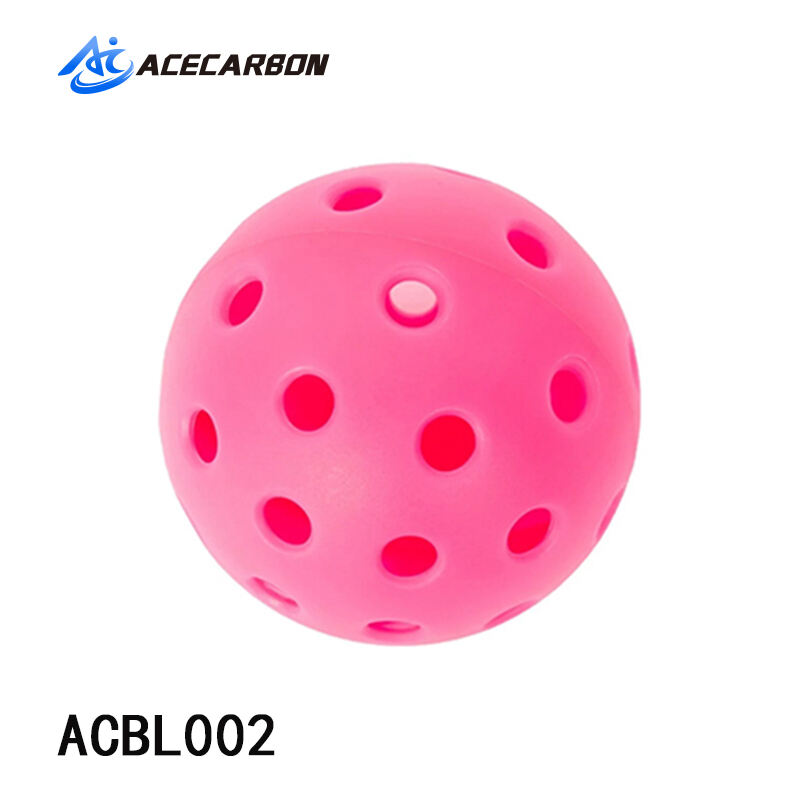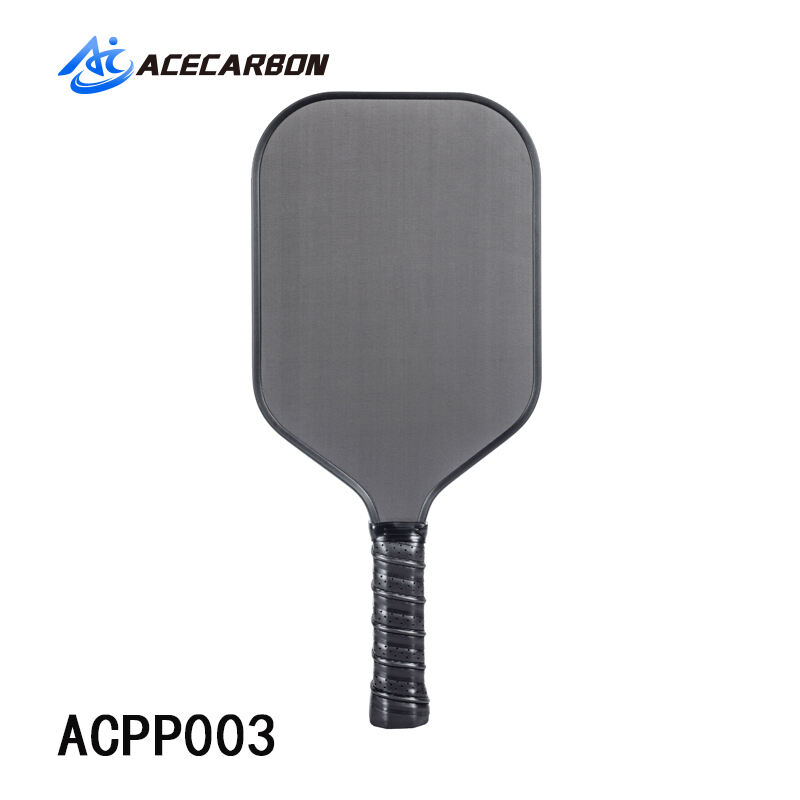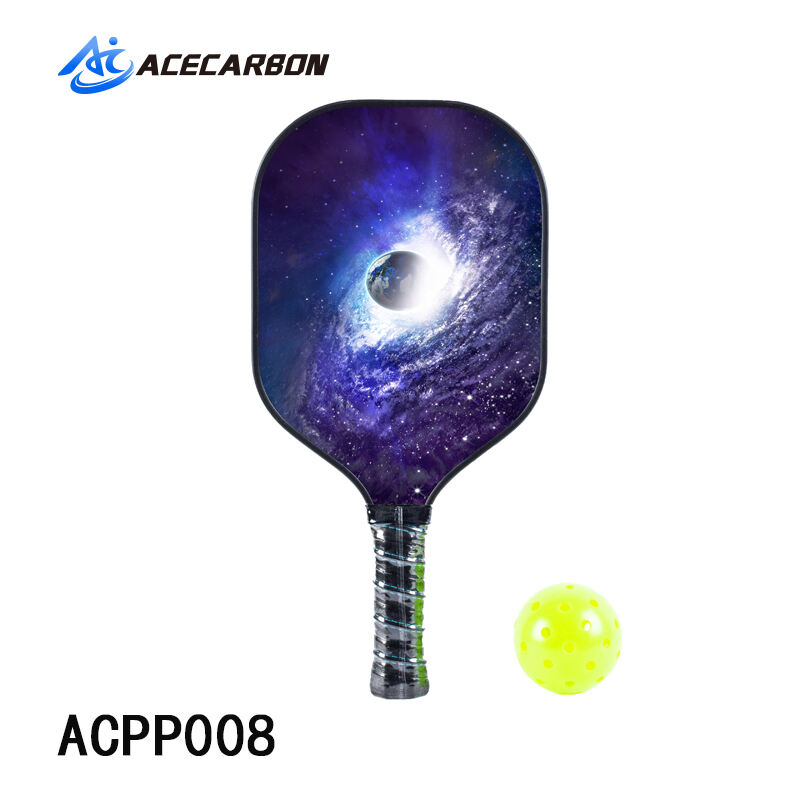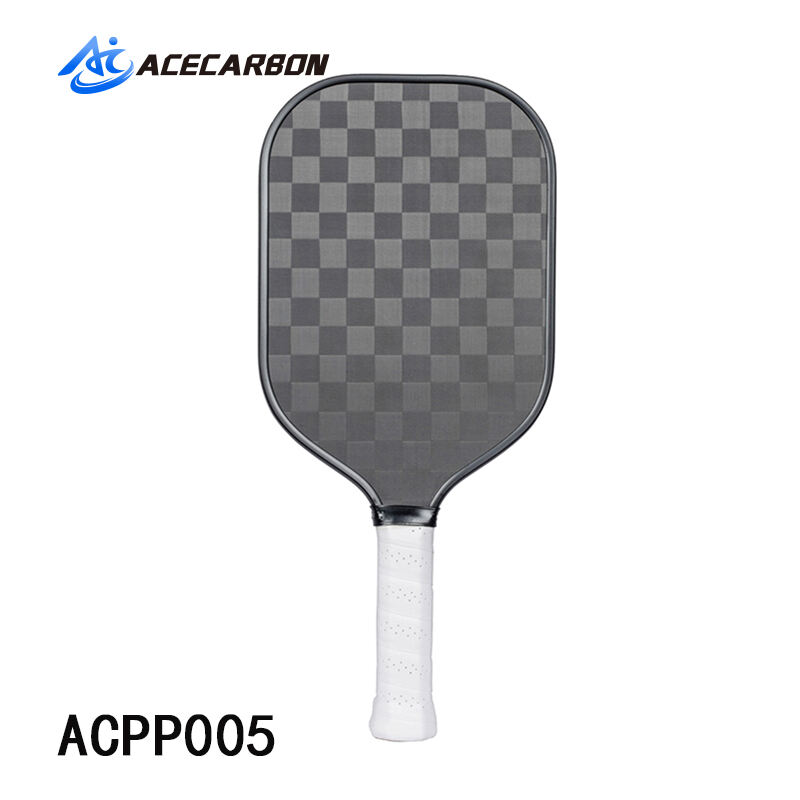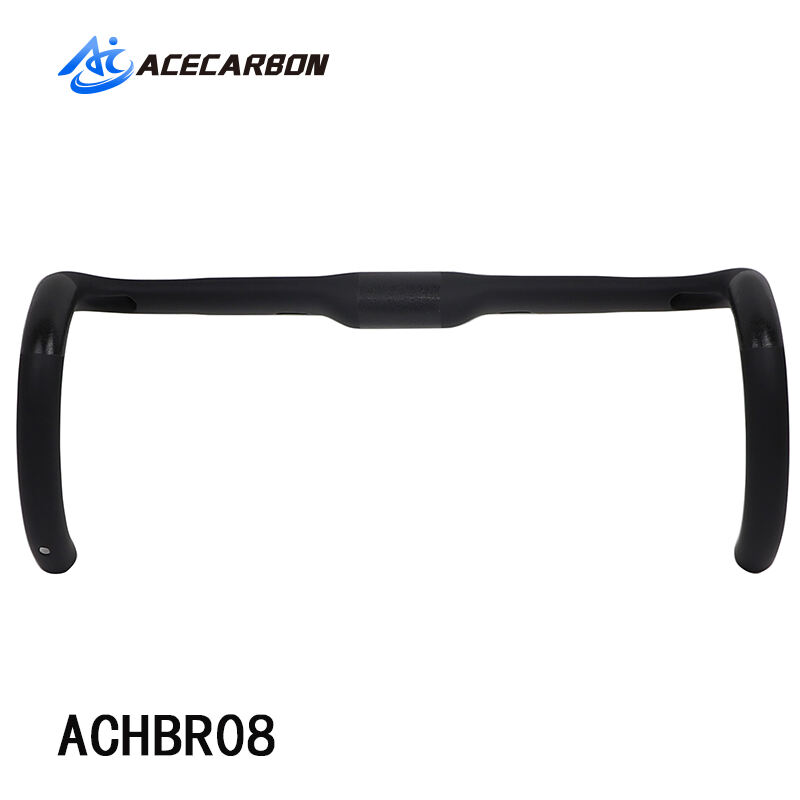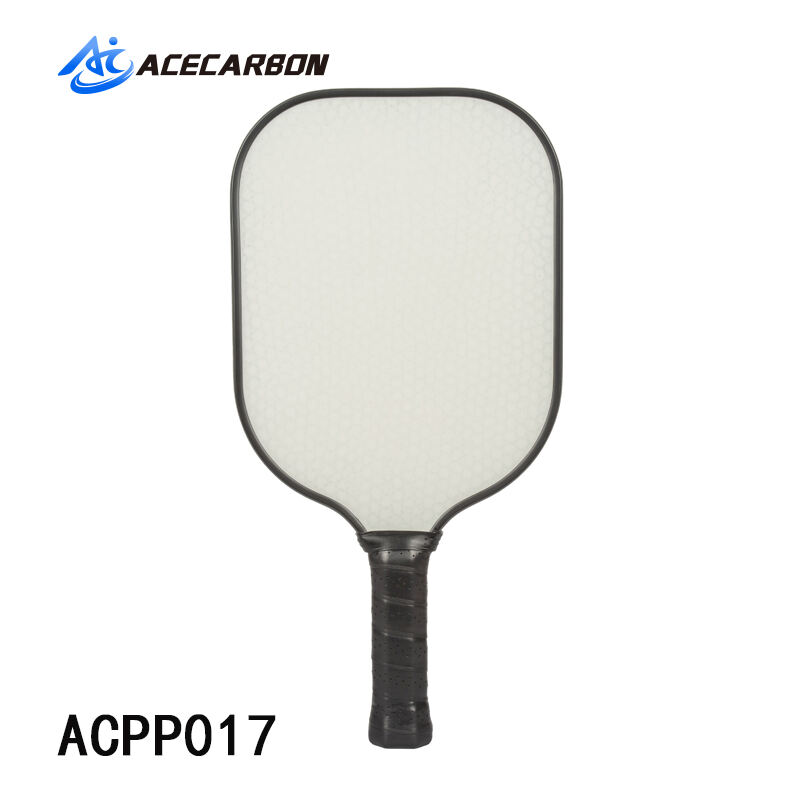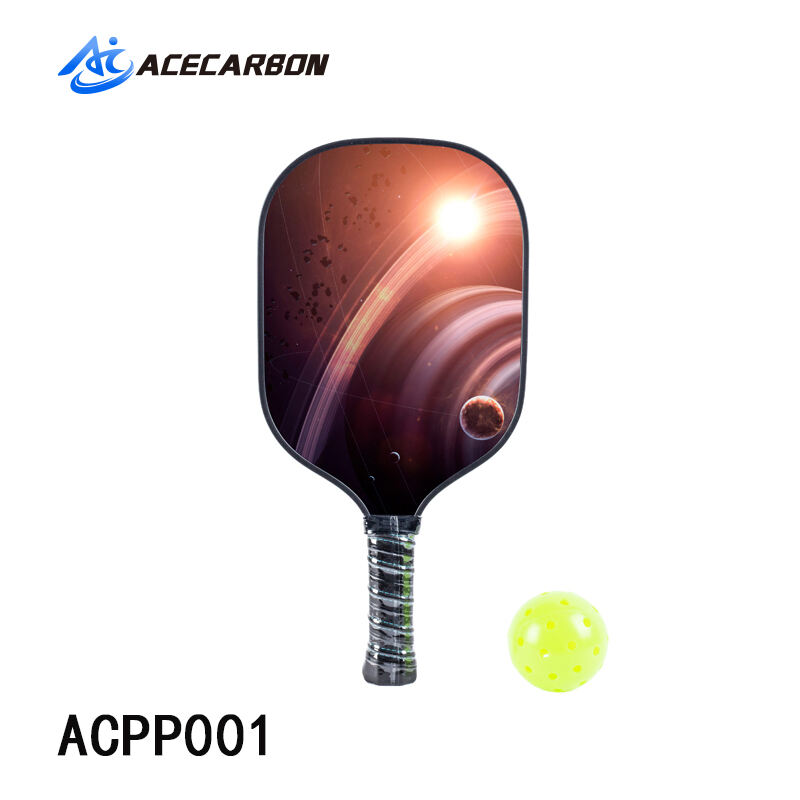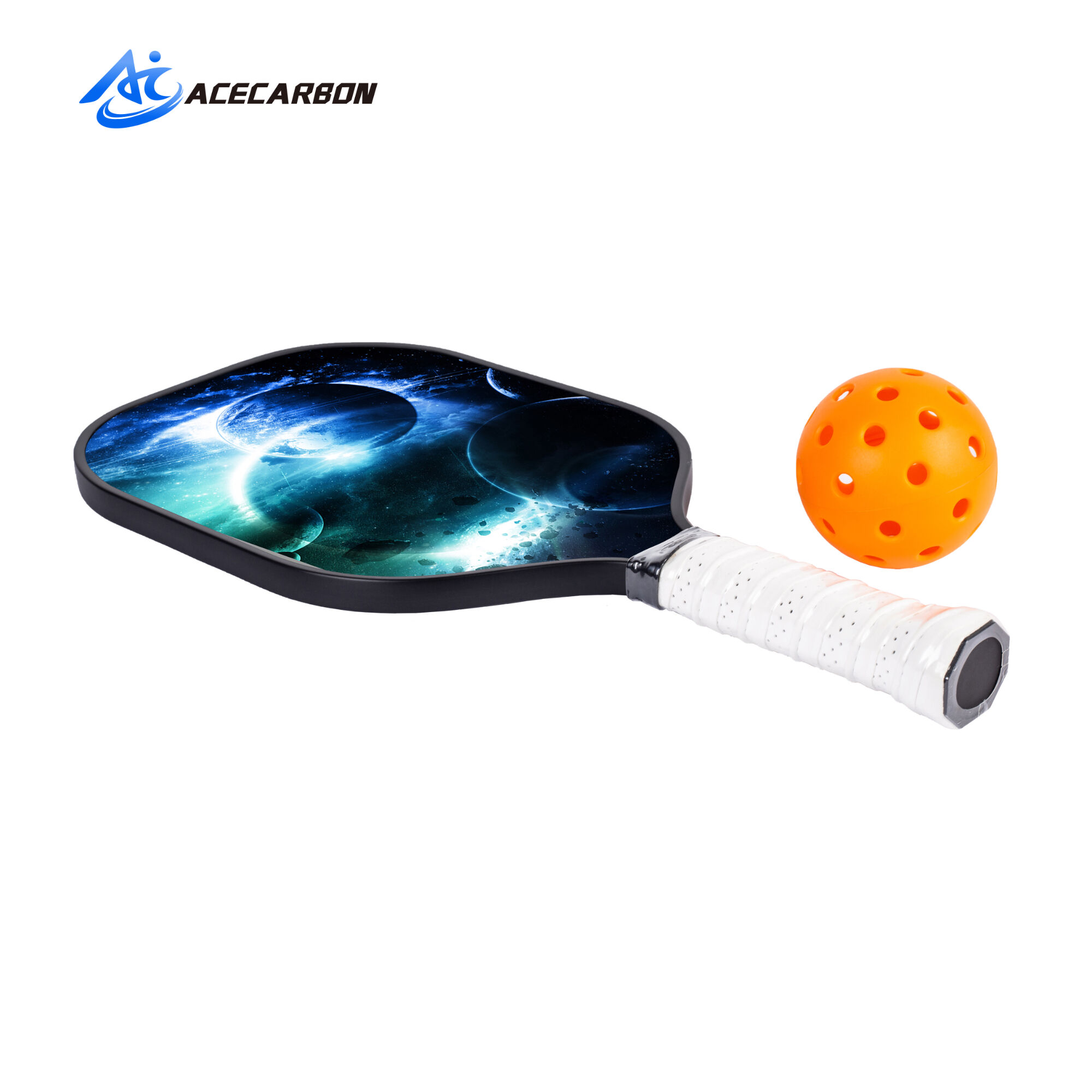Functions and selection points of sports backpacks
Key Functions of Sports Backpacks
For athletes hitting the court or field, sports backpacks are practically indispensable when it comes to keeping gear safe, particularly during intense games of badminton or pickleball where equipment gets tossed around. Made with tough fabrics like nylon blends or reinforced polyester, good quality packs can handle all sorts of rough treatment without falling apart. When someone invests in a solid sports backpack, they're basically protecting their racket collection, shoes, and other essentials from getting damaged. And let's face it, nobody wants to replace a smashed racket mid-season because the bag couldn't hold up during those sudden dives and quick turns that happen in competitive play.
Good storage options make all the difference in quality sports backpacks, letting athletes keep everything organized without hassle. Most modern packs come with dedicated spots for racquets, roomy sections for shoes, and plenty of little pockets for stuff like keys or water bottles. When things are properly arranged inside, people don't spend ages digging through their bag before practice starts. The whole system works better when gear stays put where it belongs, which saves time and frustration especially when rushing between courts or fields after school.
When it comes to sports backpacks, comfort and proper fit matter a lot because good designs actually help prevent injuries during physical activity. Backpacks with ergonomic shapes spread out the weight so it doesn't all sit on one spot, which cuts down on soreness especially when someone needs to carry heavy equipment around for hours at a time. A backpack that sits right on the body makes a big difference in maintaining good posture while exercising, and this directly affects how well athletes perform. For anyone who regularly participates in sports, getting a backpack that fits just right isn't just convenient it's practically essential for staying comfortable and performing at their best.
Water resistance has become pretty crucial for sports backpacks these days, especially for athletes training outdoors where rain shows up without warning. Good backpacks use waterproof fabrics along with those sealed seams that stop water from sneaking through tiny gaps. This keeps everything inside dry so sports gear doesn't get ruined or lose its effectiveness over time. Nobody wants to deal with soggy shoes or damp clothes after a sudden downpour. Even when stored away, proper water protection means equipment stays usable longer instead of getting damaged by humidity or accidental spills. For anyone serious about their sport, this feature makes all the difference between functional gear and expensive replacements.
Essential Features to Look for in Sports Backpacks
When choosing a sports backpack, it's essential to focus on specific features that can enhance both functionality and comfort. Ensuring a personalized and secure fit, effective gear organization, and adequate ventilation are crucial. Let's delve into these features to see what makes them indispensable.
Adjustable Straps and Padding
What really sets apart a good sports backpack from the rest? Adjustable straps that can fit all sorts of body types and sizes. When someone can tweak how their pack sits on them, they're much more likely to stay comfortable while hiking around with it all day long. The padding on those straps matters too. Not just any old stuffing will do either. Look for high density material that actually takes pressure off shoulders when lugging around extra weight like balls, sticks, or whatever else athletes need to carry. And here's something people often miss: this same padding does double duty protecting delicate items inside the bag. A fancy badminton racket might get crushed against metal frames otherwise. Same goes for those expensive pickleball paddles everyone seems obsessed with lately.
Compartmentalization
Sports backpacks that are organized properly make use of different compartments to keep all equipment sorted out. When shopping around, check if there are separate areas for things like tennis rackets, running shoes, and everyday stuff we carry. The main benefit? Everything stays put while moving from one place to another without getting mixed up or damaged. Most good backpacks these days come with secret pockets too. These little hiding spots work great for keeping important stuff safe from theft or accidental drops. Think about keys disappearing at the gym or losing a phone mid hike – those hidden compartments really save the day in situations where our hands are already full with other gear.
Ventilation and Breathability
Sports backpacks get their breathability from some pretty cool space tech stuff actually, think mesh panels and those ventilated backs we see these days. The way they're designed really cuts down on sweat build up, so people stay cooler when working out hard or hiking long distances. Without good airflow, mold starts growing and bad smells develop inside the pack. This matters a lot for folks who carry old equipment around, especially damp sports shoes after training sessions. A well ventilated backpack keeps things cleaner overall and makes sense financially too since it lasts longer without getting ruined by moisture damage over time.
Specialized Pockets for Gear
Specialized pockets make all the difference when it comes to sports backpacks. These dedicated spaces for stuff like tennis rackets, running shoes, and various accessories really help keep things organized and protected. They actually improve how useful the bag is day to day. Take shoe compartments for instance they stop smelly sneakers from getting mixed in with everything else, which keeps other gear clean and lasts longer too. Backpack manufacturers who include these thoughtful details understand what athletes need most keeping their equipment safe, hygienic, and ready for action whenever needed.
How to Choose the Right Sports Backpack
Consider Your Sport and Needs
Picking out a sports backpack starts with knowing what kind of sport we're talking about here. Badminton players need something different than someone who plays pickleball, right? The type of sport really affects how big the bag should be and where all the compartments go. Take badminton rackets for instance they need their own special spot so they don't get bent or broken during transport. And let's face it, most people want space for more than just gear. Extra pockets for water bottles, maybe a section for clothes after a sweaty match these little details matter when looking for comfort throughout the day. A good backpack makes all the difference between arriving at practice ready to play and feeling like you brought half a suitcase instead of athletic equipment.
Evaluate the Size and Capacity
When picking out a sports backpack, size matters quite a bit. Most athletes find they need something big enough for their stuff but not so huge it becomes a burden. Take stock of what goes in there week after week – balls, cleats, maybe even a water bottle or two. The right pack needs to hold all that weight comfortably on the back without making movement difficult. Big packs can actually slow someone down during games or practices, plus they tend to sit awkwardly and create pressure points. Look instead for designs that fit snugly against the body, distributing weight evenly across shoulders and hips. A properly sized backpack makes all the difference between feeling ready to play and constantly adjusting straps mid-game.
Check for Ergonomic Design
When shopping for a sports backpack, paying attention to ergonomics really matters if we want to avoid getting hurt and stay comfortable during workouts. Good backpacks have things like proper weight distribution across the shoulders and back, plus breathable fabric that keeps sweat from building up inside. These features make all the difference when carrying gear around for long periods. What's interesting is how these ergonomic designs do more than just keep us comfortable. They actually help with performance too because our body moves better and stays agile longer. For serious athletes who train hard day after day, this kind of functionality becomes essential. So next time someone grabs a backpack before heading out for a run or practice session, it pays off to check whether the bag spreads weight evenly across both sides and provides adequate support where needed most.
Look for Additional Features
Basic functionality matters, but sports backpacks with extra features really stand out from the crowd. Reflective strips come in handy when running after dark or hiking trails at dusk, making sure others can see us moving around. And those waterproof zippers? They save gear from getting soaked during sudden rain showers on mountain trails. For folks who carry phones, GPS units, or action cameras, some packs now include built in charging ports so devices stay powered up throughout long days outdoors. What makes these packs special isn't just the bells and whistles though it's how they actually perform in real world conditions where weather changes fast and equipment needs protection.
FAQ
Why is water resistance important for sports backpacks?
Water resistance is crucial for sports backpacks to protect your gear from moisture and unexpected weather changes, preserving the functionality and lifespan of your equipment.
How does ergonomic design improve backpack comfort?
An ergonomic design distributes weight evenly across the back and shoulders, reducing strain and improving posture, which helps prevent injuries and enhances overall comfort during prolonged use.
What specialized pockets should I look for in a sports backpack?
Look for specialized pockets for racquets, shoes, and smaller accessories. These compartments help organize gear, provide easy access, and offer extra protection during transport.
How can compartmentalization benefit my sporting gear?
Compartmentalization keeps your gear systematically arranged, preventing damage and making it easier to access and manage during activities.

 EN
EN
 AR
AR
 BG
BG
 HR
HR
 CS
CS
 DA
DA
 NL
NL
 FI
FI
 FR
FR
 DE
DE
 EL
EL
 HI
HI
 IT
IT
 JA
JA
 KO
KO
 NO
NO
 PL
PL
 PT
PT
 RU
RU
 ES
ES
 SV
SV
 TL
TL
 ID
ID
 SR
SR
 SK
SK
 SL
SL
 UK
UK
 VI
VI
 HU
HU
 TH
TH
 TR
TR
 FA
FA
 MS
MS
 IS
IS
 AZ
AZ
 BN
BN
 LO
LO
 MI
MI
 MY
MY
 SM
SM
